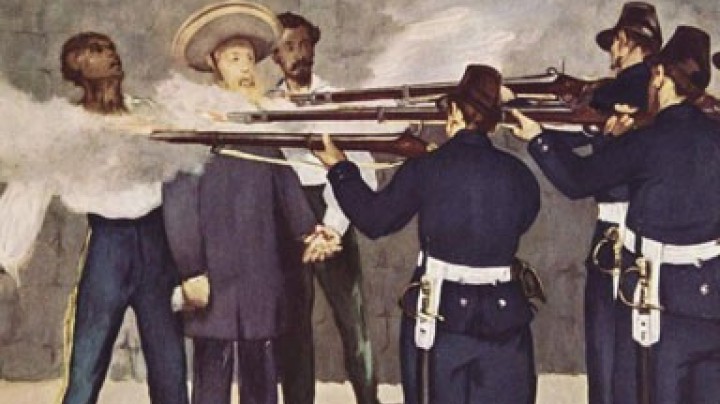Recycling, even in death
Death – an almost immortal topic. ‘Flap open, flap closed. The dead find their rest’. Such were the utilitarian considerations of the ‘Josephinian coffin’.
The economizing regulations generated by Joseph II’s thrift reached their zenith in 1784 with the compulsory use of ‘municipal coffins’. Corpses were now to be sewn naked into a sack and placed in an ‘economy coffin’. The floor of this coffin was equipped with a flap on the underside, which, when released, dropped the corpse into the grave. In this way the coffin could be reused several times. Moreover, the fine clothes with which the body was customarily dressed would continue to be of use to the living. Of primary concern to Joseph was the aspect of hygiene, since without a wooden coffin the corpse would decay more rapidly and consequently the grave could be reused at shorter intervals.
General outrage at the ‘economy coffin’ obliged Joseph to withdraw the decree ordering its use a mere six months later. However, his measure for moving cemeteries outside towns in order to avoid polluting the groundwater was accepted. In the 1770s a start had already been made on this, but now all the smaller localities were also obliged to observe this directive. With his limitation of church feast days and the replacing of all Kirtage (festivals celebrating the patron saint or the consecration of a church) by the Kaiserkirtag (‘Emperor’s Festival’) held on the third Sunday in October, Joseph provoked further discontent amongst the population. Artisans and servants were particularly affected by the resulting increase in working days. Pomp and pageantry at church festivals were replaced with simpler ceremonies. The simplicity imposed by Joseph II was also manifested in his own coffin. Interred in a copper coffin without decoration, he lies in the Imperial Crypt in Vienna alongside the magnificent sarcophagi of his fellow-rulers.
















